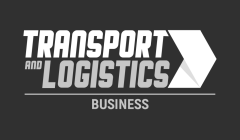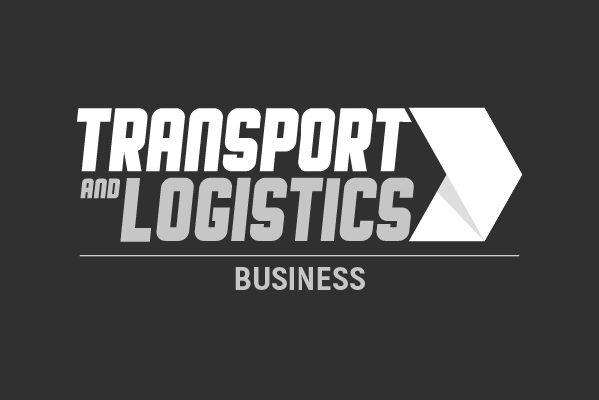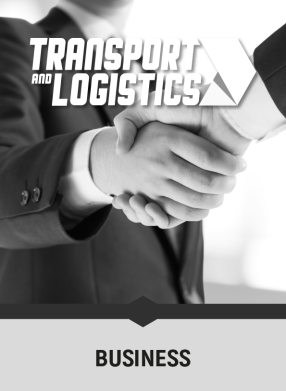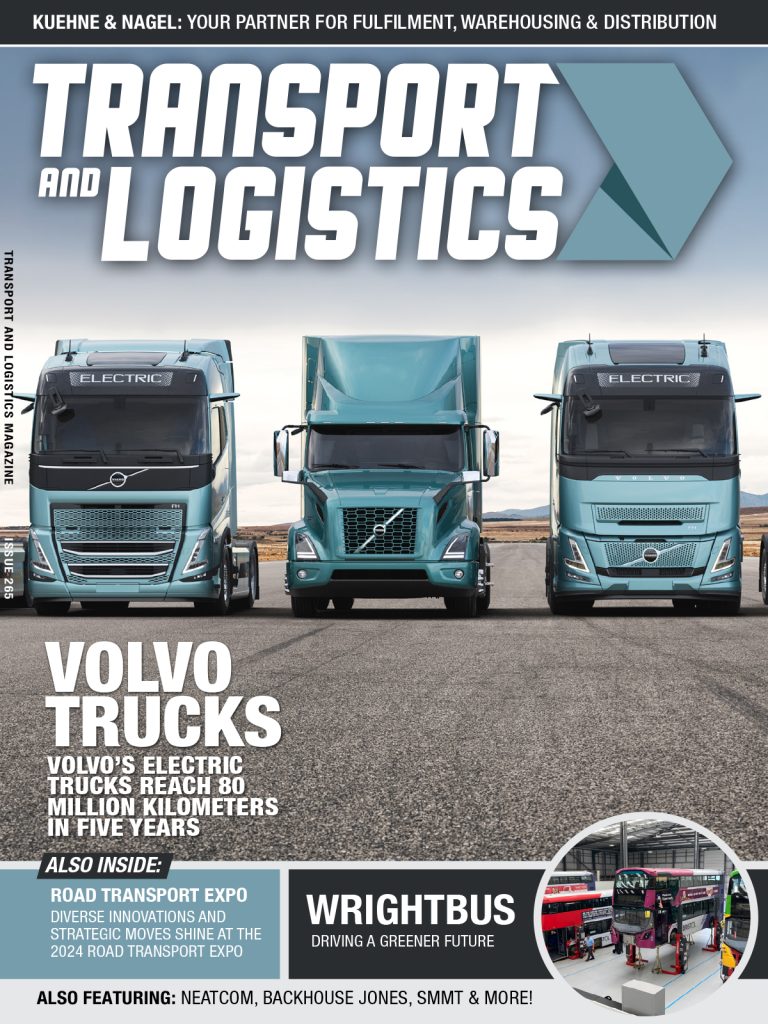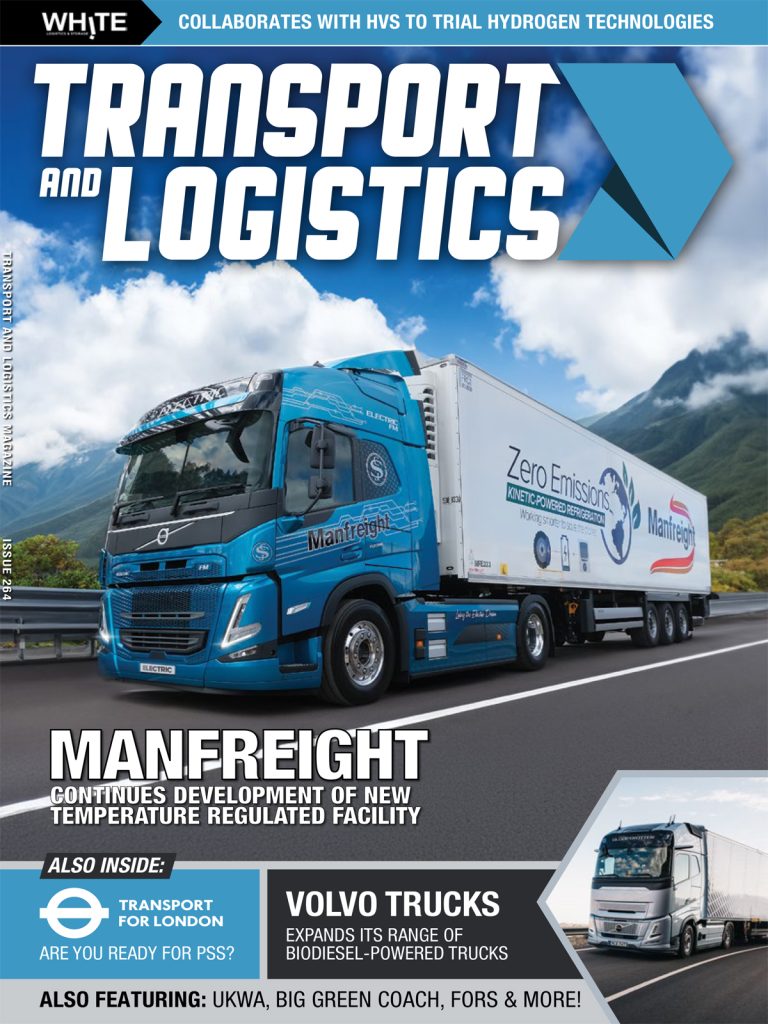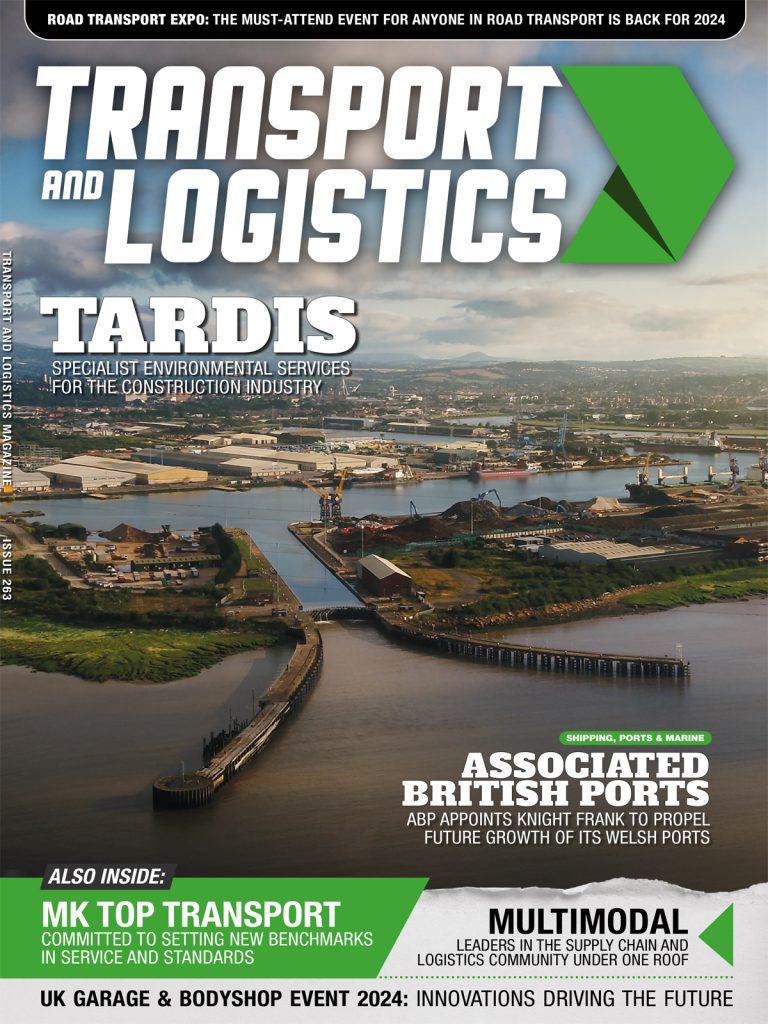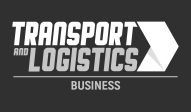Learning the ropes using a headset? While it might sound like something out of sci-fi movie, virtual and augmented reality could be about to change the way we carry out health and safety training. Ben Bennet, Managing Director of Luminous, a developer of VR software solutions, tells us more about how this new tech can help us make training easier and safer.
Haulage and distribution can be a dangerous industry, with lorries, falls from vehicles, and manual handling all presenting serious risks to workers. In fact, the non-fatal injury rate in the logistics sector is almost double the all-industries rate, according to alarming findings from the HSE. The only way to reduce these risks is to carry out extensive health and safety training, so workers can be vigilant about following safety protocols while on the job.
The latest virtual and augmented reality technologies have created a new way of learning, which can bring health and safety issues to life without any of the risks of training in a real-world scenario. This software looks set to revolutionise how a range of industries carry out safety training. In this post, I’ll share just a few of the many ways that VR and AR technology is set to take the haulage and distribution world by storm.
It can provide safer, more cost-effective training
Without a doubt, virtual reality is much safer than traditional hands-on training methods. VR simulations have long been used in the aviation industry as a way for pilots to get experience and learn the basics in a risk-free environment, and exactly the same principle can be applied to the haulage and distribution industries. Custom VR software can be created to stimulate countless scenarios, providing training on everything from safe operation of forklifts to and manual handling and lifting best practice.
Once a company has the right software to carry out training, it’s also much cheaper than traditional training. There’s no need to run the risk of inexperienced trainees damaging expensive equipment or vehicles, and complex scenarios can be simulated without the need for real-life set-ups. This makes training much easier and more cost-effective, which means companies can regularly refresh employee training at no extra cost. And, when workers engage in more frequent training, there are fewer accidents — so everybody benefits.
Immersive, real-life scenarios bring safety issues to life
Many people still view health and safety as lots of red tape, paperwork, and mind-numbing lectures that are difficult to understand. If training isn’t engaging, then staff are unlikely to pay attention and take in the right information — meaning they might not remember crucial training in an emergency.
Virtual reality effectively solves this problem by making training a completely immersive experience. Users can see, touch, hear, and interact with their environments, because the software tricks the brain and makes the user believe that the stimulation is real. This has the potential to completely transform the experience of classroom-based training, making it immediate, relevant, and improving the value of training time.
It’s also thought that immersive learning environments can be a very effective teaching tool, with users being able to recall information learned in VR environments much better than they would with traditional tools. Research has suggested that the retention level a year after a VR training session can be as high as 80%, compared with a 20% retention rate only a week after using traditional training methods (Fortune). Clearly, VR is more than entertaining — it’s also very effective.
Augmented windscreens make driving safer
But these new technologies aren’t just shaking up the way we train staff. Augmented reality — where computer-generated images are superimposed onto a real-world environment — can be integrated into windscreens. This allows drivers to see info on fuel, speed, and even maps on a heads-up display, meaning drivers can focus on the road ahead at all times, making driving safer.
Other smart features which are currently in development could alert drivers to other road-users and pedestrians, helping to reduce the risk of collisions and accidents. Not only would this keep haulage drivers safe when out driving, but it would also help to keep workers safe in busy distribution centres.
In a high-risk industry like haulage and distribution, it’s vital to have rigorous health and safety training in place. VR and AR offer some of the most effective, engaging training on the market, and it can be very cost-effective, too. So, if you’re looking for a new method of training, an interactive digital solution could be your next big success.
